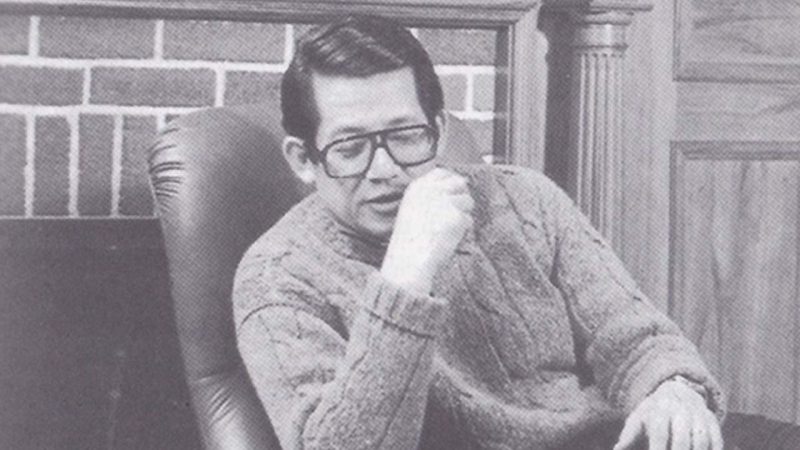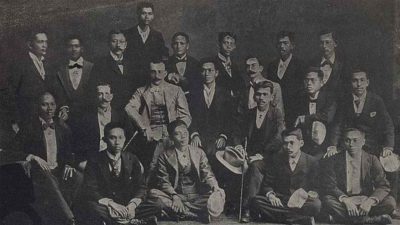On November 27, 1932, in Concepcion, Tarlac, Benigno Simeon “Ninoy” Aquino Jr., a prominent figure in Filipino history, was born.
He later became a senator, journalist, and opposition leader, meeting his tragic end on August 21, 1983, when he was assassinated at the Manila International Airport upon returning from exile in the United States.
Ninoy’s assassination played a pivotal role in the EDSA Revolution of 1986, also known as the “EDSA People Power Revolution,” propelling his widow, Corazon Cojuangco Aquino, to the presidency.
Hailing from a political lineage, Ninoy’s grandfather served under President Emilio Aguinaldo, and his father held office under Presidents Manuel Quezon and Jose P. Laurel.
His political career earned him the nickname “Wonder Boy” for his impressive achievements, such as becoming the youngest mayor of Concepcion, Tarlac, at 22, the youngest vice-governor at 27, and the youngest elected senator at 34.
Notably, Ninoy received the Philippine Legion of Honor twice—first as an Officer for his service in Korea at the age of 18 and later as a Commander for successfully aiding in bringing down Luis Taruc from the hills in 1954.
Despite being a frontrunner for the presidency, Ninoy’s political journey faced a tumultuous turn when Martial Law was declared in 1972. Arrested and imprisoned for alleged subversion, he suffered a heart attack in custody, leading to medical treatment in the United States.
In August 1983, fully aware of the dangers, Ninoy returned to the Philippines. His unwavering commitment, expressed in his words, “If it’s my fate to die by an assassin’s bullet, so be it,” became tragically prophetic. He was shot in the head upon his arrival at the Manila International Airport.
Ninoy Aquino’s legacy lives on, marked by the declaration of Ninoy Aquino Day as a national holiday in 2004 and the erection of various monuments in his honor. His image is also immortalized on the 500-peso bill.
Source: Philippine News Agency archives
(JR AMIGO/AI/MNM)







